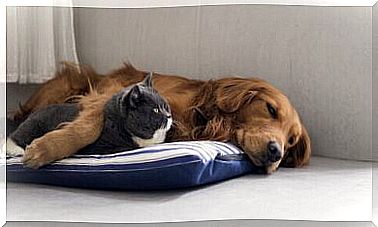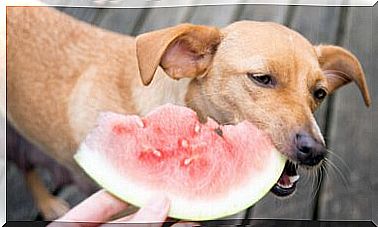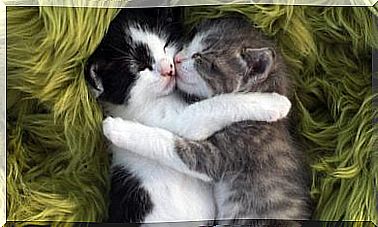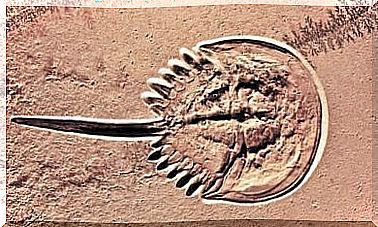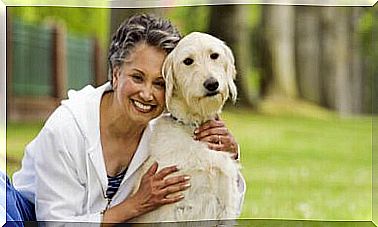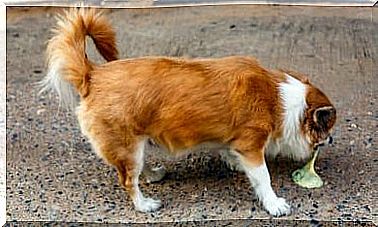The Landseer, A Black And White Molosso
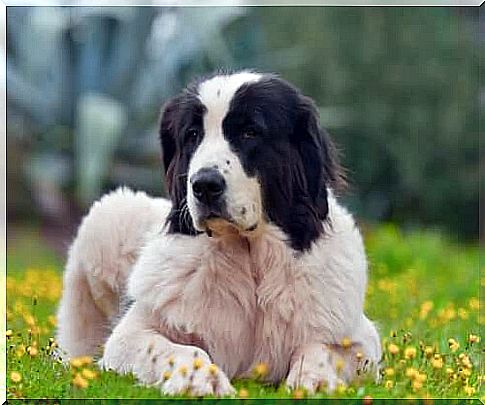
The landseer in many places is considered a variation of the Newfoundland, but the International Cynological Federation considers this breed to be perfectly differentiated. Find out how it got its name and the curiosities of this molosso.
The landseer story
Little is known about how this breed came about. We know that it shares its origins with Newfoundland and with many of the molossos of central Europe.
Also, that this breed arose midway between Switzerland and Germany in the early 20th century and that it was later taken to Canada and the rest of North America.
Traditionally, herding dogs were once shepherd dogs and protectors of cattle, especially large animals such as cows and oxen.
They are hardy dogs and live in the mountains of Central Europe, as well as the St. Bernard and the Bern cattle breeder.
Another curious fact is that the landseer is named after the painter Edwin Landseer, who painted many portraits of children accompanied by this breed of dogs.
Interestingly, although in Peter Pan the character Nana is portrayed as a Saint Bernard, in the original book she is a Newfoundland or a landseer.
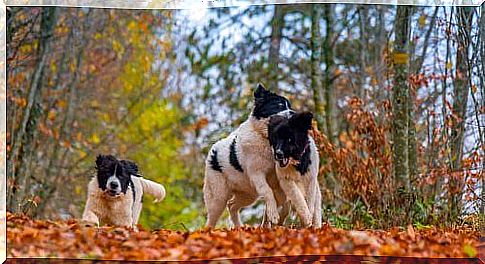
The main features of the landseer
The first impression that comes from seeing this dog is that it is big, strong and harmonious.
The landseer has a large size, males are slightly larger than females: they grow to between 72 to 80 cm, while the maximum females reach is 72 when on four legs.
Males can also be much more robust than females: they can weigh up to 68 kg, while females do not exceed 54 kg in weight.
The head of this breed is large and the nose has a square shape. The landseer’s head profile, that is, the “stop”, is very pronounced.
He has medium-sized, triangular, slightly rounded ears that droop to the sides of his head.
Besides, his nose is always black. Otherwise, unlike other cattle dogs, he has slightly droopy but hard lips, which is why he doesn’t drool.
As for his morphology, his back is straight and he has a generally muscular body. Its tail is not very tall, it is a little droopy and completely relaxed.
The fur, except on the head, is usually long, smooth and very thick. It has a double coat of fur, so you should never cut the fur of this breed of dog.
Its fur is usually white or black: its head may be completely black, with the exception of a line that runs from the nose to the neck, which is white in color.
landseer behavior
Like many molosso dogs, the landseer is a friendly and good-natured dog. He is very attached to his human family and is very kind, which makes him an excellent breed to live with children. However, he is protective and suspicious of strangers: he has some traits of a guard dog.
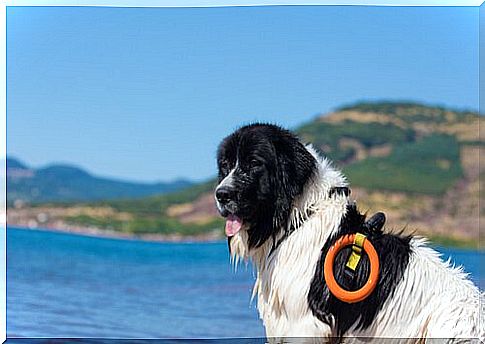
He is also an intelligent dog, although he can be quite stubborn or reluctant to learn new tricks. It is essential to use methods based on positive reinforcement in his upbringing as, due to his temperament, he cannot be forced through punishment or fear of obedience.
It is worth noting that the landseer is an energetic dog with a lot of strength, but it does not need to exercise a lot, at most three quality walks a day. Indoors, he is a lazy, calm dog who likes to take long naps.
Lastly, this breed is a water lover and loves to swim. Younger specimens need more exercise. They like to go to the beach or the river.
The care we must have with the landseer
The coat of this dog needs special care: it is necessary to brush at least every two days, to remove dead hair and undo the knots that form. Due to its type of hair, cutting it in summer is harmful: to combat the hot seasons, you will need to invest in your brushing.
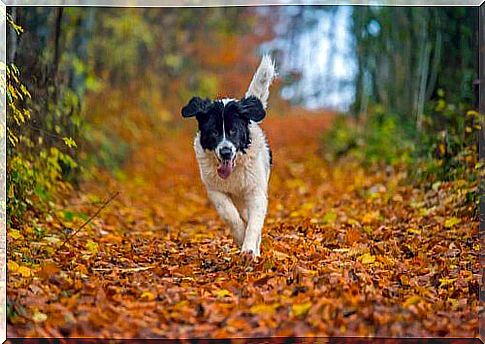
This breed does not usually have hereditary diseases, but it does have the health problems common in large dogs: hip or elbow dysplasia and gastric torsion.
Frequent veterinary checks are needed to detect any health problems or prevent them, as well as to update the recommended vaccination and deworming schedule.
It should be noted that this dog does not tolerate high temperatures well and loves the cold. It is not recommended that he live in countries or areas with long hot periods. In any case, it must be protected during the hottest hours.
In short, the landseer is a large dog, but with an affable and affectionate character. Its imposing physique and its spectacular beauty make it a different breed from other molossos, such as the newfoundland.
